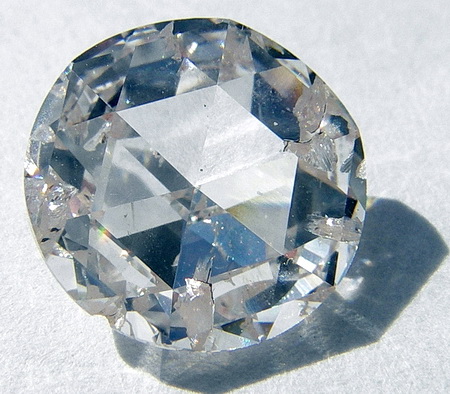 Diamonds are the most popular and most beautiful gemstones used by people all over in the world to show their love for someone. You may have seen many women wearing these rings and bragging about them in their social circles. However, this famous gemstone also has some abrasive uses on an industrial level. Having been given a rating of 10 on the Mohs Scale, diamonds have the highest level of hardness, durability and strength. Thus, they have a lot of industrial applications.
Diamonds are the most popular and most beautiful gemstones used by people all over in the world to show their love for someone. You may have seen many women wearing these rings and bragging about them in their social circles. However, this famous gemstone also has some abrasive uses on an industrial level. Having been given a rating of 10 on the Mohs Scale, diamonds have the highest level of hardness, durability and strength. Thus, they have a lot of industrial applications.
Let’s have a look at how diamonds are used as abrasives for industrial use.
Industrial Diamonds
While many of you may be wearing it in the form of rings or necklaces, diamonds also serve industrial purposes. However, the appearance of industrial diamonds is unlike the one you wear. They are small diamonds which are less than a millimeter in size. They are yellowish and black in color, have a lot of incisions and have no cuts at all. The four C’s which are used to determine the quality of diamond; clarity, carat, color and cut, do not apply on industrial diamonds because they are not designed keeping in mind these considerations. They are only used by industrialists for rough work because of their hardness, strength and durability.
Use of Diamonds in Industries
Diamond Drill Bit
Diamonds are used in drill bits to drill through hard surfaces, such as oil wells. Each one of them has small pieces of diamond at the tip. As the bit turns, these cuts turn their way. A grinding wheel, or a drill bit, is used for the purpose of grinding, drilling and cutting. After grinding, it forms a powder which is made into diamond paste and is later used for fine grinding or polishing.
Diamond Speaker Domes
Industrialists also use diamonds in high quality of speakers. Since a diamond is a very stiff material, it can be made into a thin dome and vibrates rapidly without affecting the sound quality.
Diamond Windows
Made from diamond membranes, diamond windows are used in x-ray machines, lasers and vacuum chambers. These diamond windows are resistant to heat and are very durable. Also, they are transparent in nature and are not prone to abrasion.
Heat Sinks
These are the sinks that transmit or absorb excess heat. As diamond is a natural mineral, it has the highest level of thermal conductivity than any other material found on earth. It is used to absorb heat away to protect heat-sensitive parts from being damaged. Thus, they have multiple applications in the microelectronics industry.
There is a very large market for the industrial use of diamonds. Also, there are proper specimens for industrialists to learn about the different purposes that diamonds can be used for. From yellowish to blackish shades, the industry diamonds are not colorless, have a very rough structure and cannot be used for making jewelry; hence, they are only used for industrial work and needs.
Now that you know about the use of diamonds other than that they are used in making jewelry, we hope you find this article interesting. Do come back and check with us again for more interesting information on minerals!

